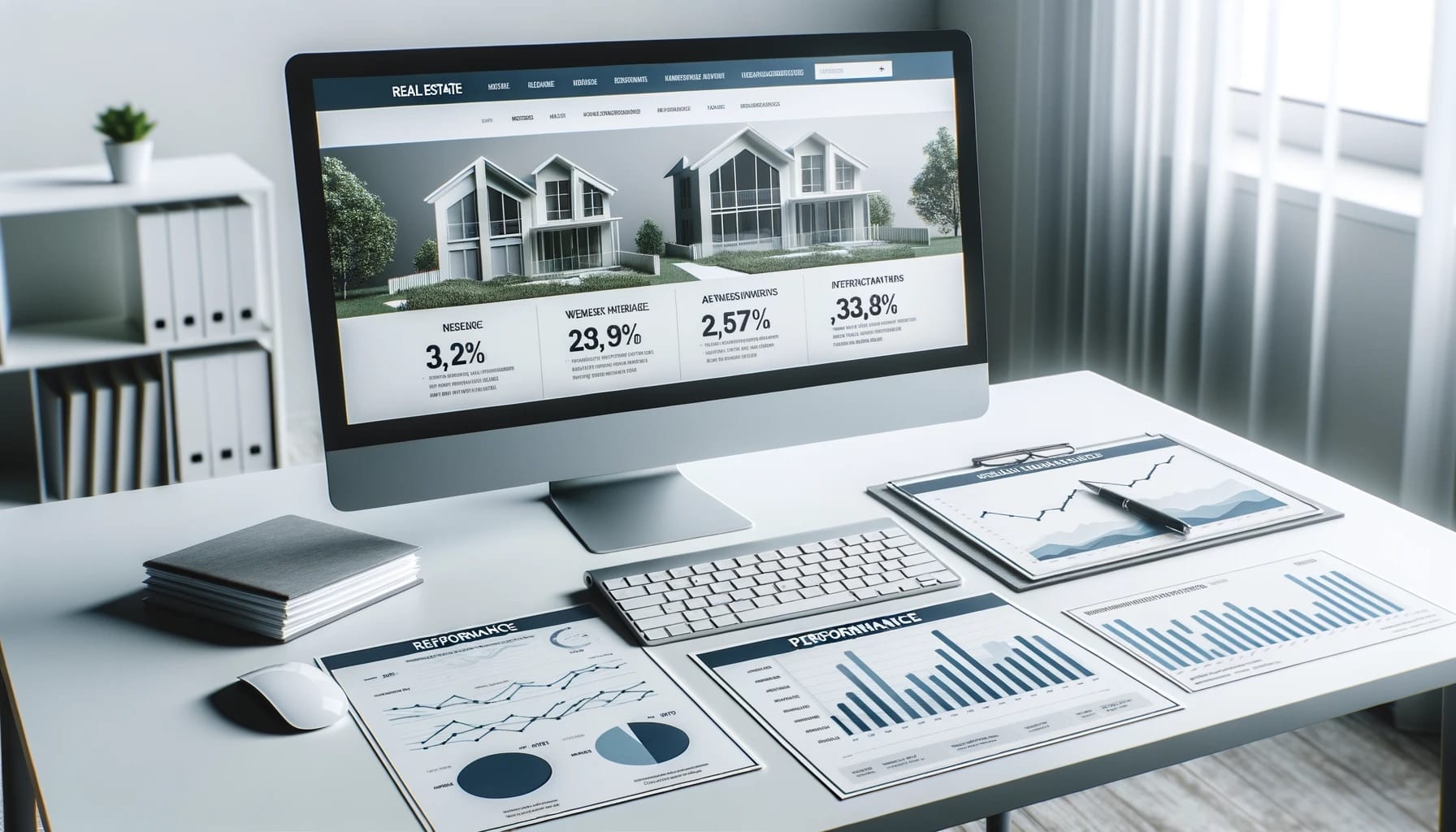In the bustling realm of real estate, your website acts as the linchpin of your marketing endeavors. It’s not merely a digital address but a powerful tool that can significantly bolster your market presence. However, the efficacy of your website is contingent upon a robust understanding and monitoring of crucial metrics. These metrics serve as a barometer, offering insights into the performance and areas of improvement. As the adage goes, “What can’t be measured can’t be managed.” This guide illuminates the key metrics and elucidates how to harness Google Analytics to steer your real estate business towards a trajectory of growth.
Decoding Google Analytics: For real estate professionals – be it agents, brokers or firms, Google Analytics is a lighthouse amidst the storm of digital data. Before plunging into the metrics, it’s imperative to delineate your business objectives which will, in turn, guide the metrics you need to focus on. Here’s a breakdown of traffic sources as delineated by Google Analytics:
- Direct Traffic: When visitors enter your website URL directly into their browser.
- Referral Traffic: Traffic coming from another website linking to yours.
- Organic Traffic: Visitors landing on your site via search engines – a highly valued traffic due to its high ROI.
- Social Traffic: Traffic driven from social media platforms through various pathways like links in bios, CTAs, and redirects.
Key Performance Indicators (KPIs):
- Visits (Sessions): A testament to your website’s ability to pull traffic from various marketing channels.
- Session Duration: Gauges user engagement by measuring the average time spent on your site.
- Page Views: The cumulative number of times a page has been viewed over a specific timeframe.
- Device Type: Insights into the devices used to access your site, aiding in optimizing user experience across devices.
- Bounce Rate: The percentage of visitors who leave without further interaction – a lower rate is desirable.
- Conversion Rate: A metric that quantifies the positive actions like form submissions, downloads, or calls initiated by visitors.
- Site Speed: A critical factor affecting user experience and SEO – faster load times are preferred.
- Cost Per Lead (CPL): Measures the cost incurred to acquire a lead, assisting in evaluating the ROI of marketing channels.
- Sales Metrics: A holistic evaluation of the journey from lead acquisition to closing a sale.
- Click Through Rate (CTR): Evaluates the efficacy of your ads by comparing clicks to impressions.
- Showings Per Sale: A non-digital yet crucial metric indicating the alignment between your online marketing and property showings.
- Visitor to Leads Ratio: A measure of how many visitors are converted into leads.
- Keyword Ranking: Reflects your website’s visibility in search engine results for targeted keywords.
- CTA Optimization: Fine-tuning your Call to Actions (CTAs) to ensure they resonate with your audience and incite action.
Conclusion: An adept understanding and monitoring of these metrics not only unveil the health of your real estate website but also pave the way for informed decisions. By leveraging the insights garnered, you can finetune your strategies, enhance user experience, and invariably propel your business forward in the competitive real estate market. For those yearning for a deeper dive into the digital realm, subscribing to our newsletter and exploring AgentFire’s acclaimed Web Designs can be your next leap toward dominating your hyperlocal real estate market.
This enhanced rendition seeks to maintain the crux of your original content while infusing a professional tone and a structured flow to enhance readability and engagement.



